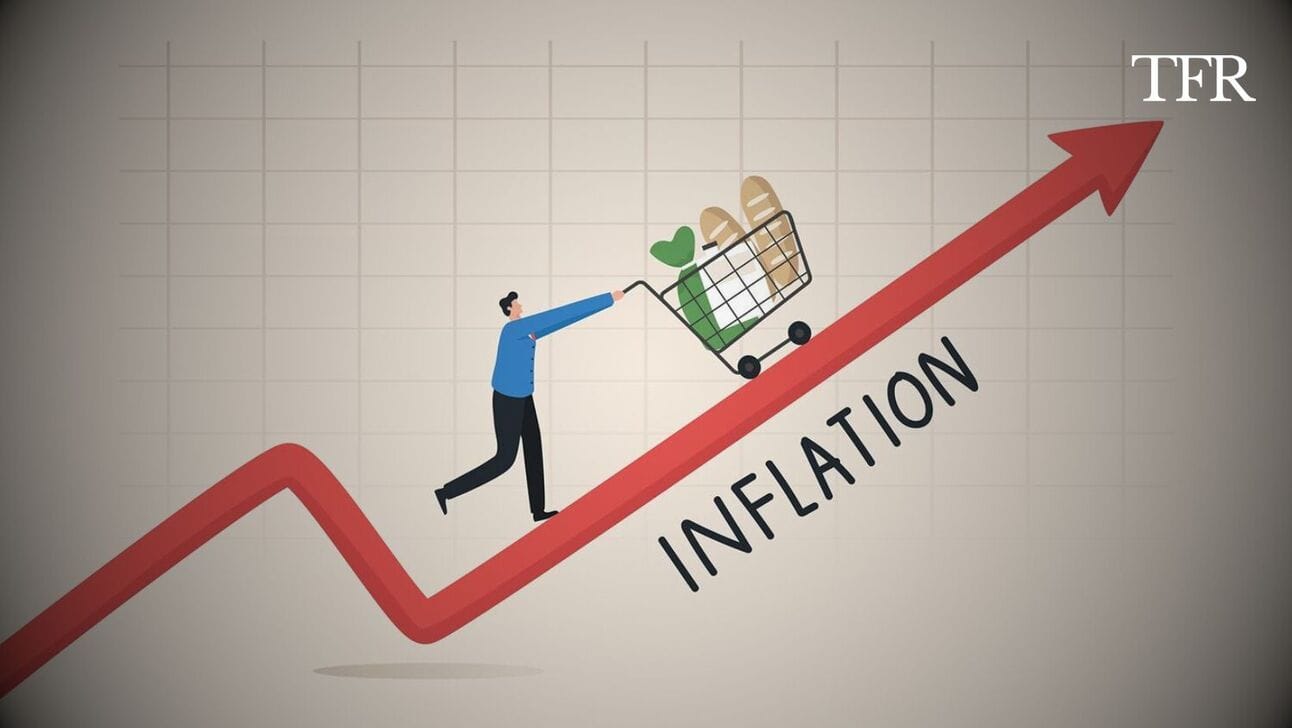- The Financial Revolution
- Posts
- You've Been Lied to About Inflation
You've Been Lied to About Inflation
How governments have duped people's understanding of inflation for generations.

The past year or so has seen inflation ease in many of the leading economies.
USA
UK
Canada
EU
And more.
And of course, this is a good thing. There’s no debate there.
But, from what I’ve seen, a lot of people are still misinterpreting inflation figures.
I wanted to address this so you know exactly his inflation figures work.
What Inflation Figures Aren’t
Over the past year or so, upon news that inflation had been easing, I have seen a ton of remarks that look a bit like the following:
Great news! (true)
It’s great to see prices finally coming down! (NOT true)
It’s frustrating to still see a lot of people misinterpreting inflation, and what it really means.
When inflation gets reduced… say from 5%, to 3%, this doesn’t mean that consumer prices have been reduced.
It means they’ve gone up… at a slower rate.
Governments know this, and they try to manipulate terminology to make the situation look a lot better than it actually is.
If you want to see whether prices actually went down, you have to find the MoM figure (month on month) which would usually sit anywhere between 0–0.5%.
It’s not out of the ordinary to see this number as a negative, but it doesn’t hold a lot of water because it’s only based off of a month of data, rather than a year.
That’s why inflation figures are largely portrayed using annual figures, and for this annual figure to be negative… wow.
Something pretty insane must have happened.
What Inflation Figures Are
If inflation goes down from 5% to 3%, say from December to January, this is what it actually means.
December — December: consumer prices rose 5%.
January — January: consumer prices rose 3%.
Conclusion? Prices are still rising on a YoY basis, by 3%.
The measurement of inflation is pretty stupid if i’m being honest.
Think about it.
We’ve seen double digit inflation (remember, YoY) in last few years, but in 2024 that all seems to be forgotten because is now back at a respectable figure.
As if it never happened, because we only measure over a period of 12 months.
It’s like the YoY model was deliberately designed to make us forget all of the previous inflation.
When a 4–5% price increase compounds over a decade or two, prices become unimaginably high.
But, at the same time, having a constant of, say 2–4%, it doesn’t seem outrageous at all.
Understanding Inflation
Inflation is a measurement of price rises, typically over a YoY (year on year) basis.
If you see a headline that reads:
“Inflation falls from Y% to X%”
Whatever X% is, is the amount that prices have risen over a yearly basis.
If inflation falls, it doesn’t mean prices are falling.
It means prices are going up… but at a slower rate.
In theory, if you want prices to be “going down”, inflation has to be a negative number, and for this to happen over a period of 1 year, or more, would be quick remarkable.
So, although inflation easing is a good thing, it doesn’t mean that the price of your weekly shop will be any cheaper.
It simply means that the price increases have slowed.
What I Want to See
Here’s what I want to see.
A DoD inflation rate. Decade on decade.
YoY is too small a time frame to really see how catastrophic inflation can be over a longer time frame.
Even 5%, which is still a very high rate of inflation, isn’t scary enough.
It’ll never happen, because there would be uproar, but it would be interesting to see the kinds of figures that would be released.
With the inflation we’ve had since COVID, my estimate for a DoD inflation rate would be are the 30–40% range.
In fact, I just did a simple google search on inflation rates in the past decade…
Nothing. No data.
Sure, you can add it up for yourself, but all the sources are different, so it’s no use.
If I was honest, I think there would be much more uproar with regards to money if banks and governments also released decade figures.
When it comes to…
Saving
Investing
Retirement
…it’s these decade figures that are important.
We need to know them.
Thanks for reading! Be sure to subscribe (it’s free!) for more financial wisdom every week.
Reply